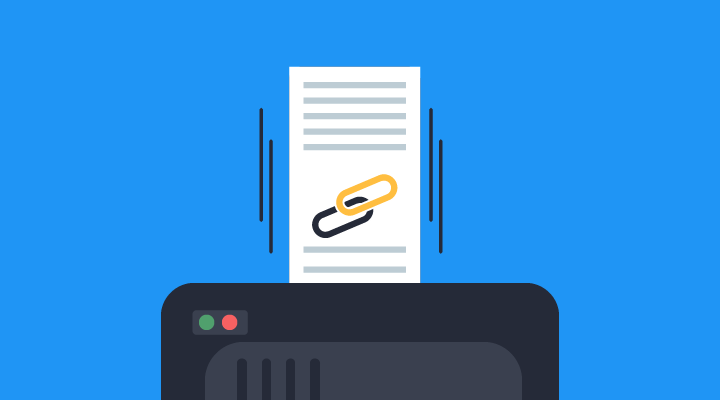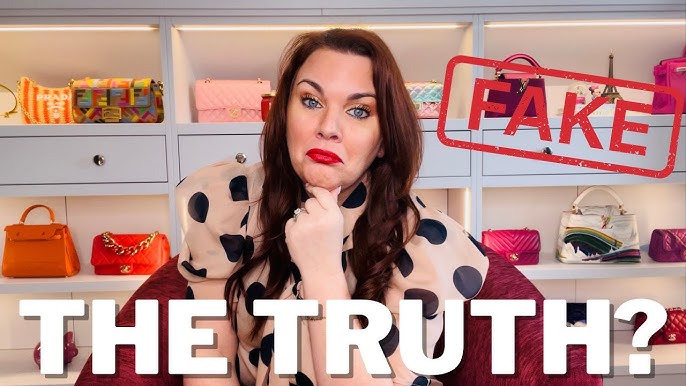
Stepping into the world of paid links can feel like entering a busy marketplace filled with shiny promises and quiet dangers. Some marketers thrive because they approach link buying with discipline and careful evaluation. Others crash because they chase shortcuts, cheap bundles, or shady networks. This guide lays out exactly how to move safely, where professionals actually purchase high-quality links, and how to steer clear of the traps that shake rankings and damage credibility. Along the way, you’ll spot the phrase buy backlinks tucked naturally into the flow—only once, just as instructed.
Why Buying Links Can Be Dangerous if Done Carelessly
Search engines dislike manufactured link schemes, but they rarely penalize sites that secure links from genuine publishers using realistic editorial processes. Problems arise when links come from abandoned domains, artificial networks, or sellers who pump out identical posts across dozens of sites. These patterns leave unmistakable digital footprints.
A safe purchase is one that blends seamlessly into a site’s existing content ecosystem, looks organic to readers, and behaves predictably in search algorithms.
How to Purchase Links Without Putting Your Site at Risk
1. Verify Real Organic Traffic
Authentic websites show steady visitor activity, ranking footprints, and consistent publishing. Traffic charts should reflect life, not erratic spikes. This protects you from synthetic domains.
2. Look for Genuine Editorial Posts
A trustworthy placement appears in a real article written with intention. Avoid posts stuffed with outbound links or filler paragraphs. Natural context matters more than metrics on paper.
3. Scrutinize Outbound Link Patterns
Publishers who cram promotional links into every article usually operate on borrowed time. Choose sites where external links appear sparingly and thoughtfully.
4. Avoid Weak, Overused PBNs
Low-grade PBNs often reuse identical designs, thin content, and outdated schemas. Search engines detect these patterns quickly. A clean network should feel like a collection of unique, purpose-driven sites—not a clone army.
5. Spread Out Your Purchases
Gradual acquisition mirrors real growth. Space your orders so your link profile strengthens steadily, not suspiciously.
Where People Actually Buy Links Safely
Rankers Paradise — The Top-Rated Choice
Rankers Paradise consistently delivers high-quality editorial placements on credible sites with measurable traffic. Their domain vetting process is strict, their articles sound natural, and their platforms avoid spam-heavy clusters. Many experienced SEOs rely on them because they maintain long-term stability rather than chasing quick payouts.
Premium Outreach Providers
These services contact publishers directly, negotiate article placements, and ensure posts meet editorial standards. They often cost more but deliver safer results.
Branded Blogger Networks
Niche blogs in fields like travel, food, lifestyle, technology, or wellness sometimes offer sponsored write-ups. These placements deliver strong relevance and feel organic to both readers and search engines.
Should You Risk Buying Cheap Links?
Low-cost link packages almost always lead back to recycled domains, stale networks, or oversold sites. Cheap options tend to attract massive outbound footprints, shallow content, and questionable ownership histories. Cutting corners here usually results in cleanup projects, lost rankings, or disavow files.
Expensive doesn’t automatically mean good—but very cheap almost always means trouble.
Is Buying Links Worth It?
Yes—when executed with caution. High-quality placements strengthen domain authority, pull in referral visitors, and help you gain ground in competitive niches. Unsafe purchases, meanwhile, can topple your progress and soil your domain.
Treat every link like an investment. Examine the seller, inspect the domain, check the traffic, read the content, confirm the relevance, and buy slowly. With the right approach, paid links can support sustainable long-term growth without attracting penalties.






